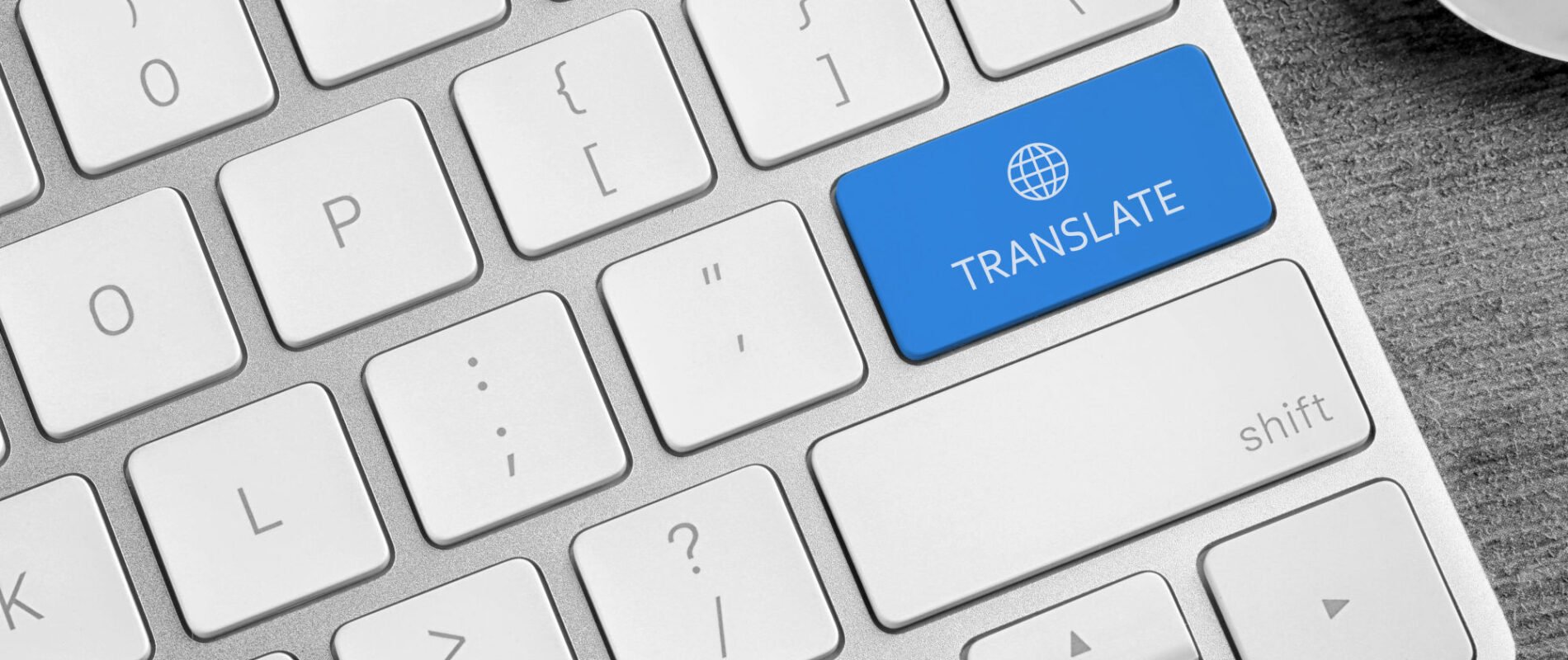Poetry has always been a delicate dance of words, weaving together emotion, culture, and rhythm in ways that transcend simple communication. Translating it across languages is an art form in itself, demanding not just linguistic precision but a deep sensitivity to nuance and context. Enter artificial intelligence (AI), which is quietly reshaping this intricate process. By blending human creativity with machine efficiency, AI-assisted poetry translation is emerging as a groundbreaking approach, offering new possibilities for sharing poetic works globally. While AI alone can’t capture the full soul of a poem, its collaboration with human translators is forging a new path, balancing speed with artistry. This article explores how AI is transforming poetry translation, the challenges it faces, and the promise of this human-machine partnership.
Poetry translation is notoriously complex. A poem’s essence lies in its rhythm, rhyme, and cultural references, which often resist direct translation. A single misstep can strip away the emotional weight or cultural resonance of the original. For instance, translating a haiku’s sparse elegance into English requires preserving its 5-7-5 syllable structure while conveying its Zen-like depth—a task that demands both linguistic skill and cultural intuition. Traditional machine translation tools, like early versions of Google Translate, often faltered here, producing literal translations that felt flat or incoherent. But recent advancements in AI, particularly in natural language processing, have changed the game, enabling machines to tackle poetry with surprising finesse.
AI’s role in poetry translation is not about replacing human translators but enhancing their work. Tools like ChatGPT, DeepL, and specialized AI models are now being tested in experimental settings to translate poetry, with promising results. For example, a 2024 study compared ChatGPT’s translation of Chinese classical poetry to that of Google Translate and DeepL. The findings showed ChatGPT excelling in fluency and style, often preserving the rhythmic flow of the original better than its counterparts. Another experiment saw Google’s AI tackle Shakespeare’s sonnets, programmed to respect meter and rhyme, producing translations that, while imperfect, were remarkably close to human efforts. These experiments highlight AI’s growing ability to handle the structural and aesthetic elements of poetry, areas once thought exclusive to human expertise.
The benefits of AI in this field are clear. Speed is a major advantage—AI can generate draft translations in seconds, freeing human translators to focus on refining the emotional and cultural layers. This is particularly valuable for translating into less common languages, where skilled human translators may be scarce. AI also offers consistency, ensuring uniform terminology across a collection of poems. In educational settings, AI tools have proven useful, as seen in a study where Saudi students used AI to translate the works of poet Ghazi Al-Qusaibi, producing smoother and more coherent translations than those without AI assistance. By providing a starting point, AI empowers translators to work more efficiently, potentially making poetry more accessible worldwide. Yet, AI is not without its shortcomings. Poetry thrives on ambiguity, cultural depth, and emotional resonance—qualities that AI struggles to fully grasp. A machine might miss the historical weight of a reference or fail to convey the subtle irony in a line. For example, translating a poem rich with regional idioms or folklore requires a cultural fluency that current AI models can’t consistently achieve. Moreover, the creative spark—the ability to reimagine a poem’s spirit in another language—remains a distinctly human trait. These limitations underscore the need for human oversight, ensuring that AI’s output is refined to capture the poem’s heart.
In fact, the real magic happens in the collaboration between human translators and AI. This partnership leverages AI’s computational power and human intuition in tandem. In one project, translators used AI to draft translations of modern Chinese poetry, then meticulously edited the results to preserve cultural nuances and poetic devices. The outcome was a set of translations that balanced fidelity with artistry, surpassing what either could achieve alone. This hybrid approach is also gaining traction in academic settings, where AI tools help students learn the craft of translation by offering real-time feedback and suggestions, fostering both skill and creativity.
Looking at specific cases, the translation of Abai’s poem “Spring” by ChatGPT-4 offers a compelling example. A study found that while the AI’s translation was fluent and structurally sound, a human translator’s version better captured the poem’s cultural and stylistic nuances. Yet, the gap was narrower than expected, suggesting AI’s potential as a collaborative tool. Similarly, experiments with AI translating Arabic poetry have shown that it can handle linguistic complexity but often needs human intervention to ensure cultural accuracy. These cases illustrate that AI is not a replacement but a partner, amplifying human efforts rather than supplanting them.
As AI models become more sophisticated, they’ll likely better understand context, metaphor, and cultural subtleties. This could democratize access to poetry, especially from underrepresented languages, allowing works from smaller linguistic communities to reach global audiences. Imagine ancient Tamil poetry or indigenous oral traditions finding new life in multiple languages, thanks to AI’s scalability. Ongoing advancements in machine learning, coupled with richer multilingual datasets, will further refine AI’s capabilities, making it an even more powerful tool for translators.
In conclusion, AI-assisted poetry translation is redefining how we share the world’s poetic heritage. By combining the speed and scalability of AI with the emotional depth and cultural insight of human translators, this new paradigm is making poetry more accessible than ever. While challenges remain, the synergy of human and machine creativity is unlocking new possibilities, ensuring that the beauty of poetry transcends linguistic boundaries.
Poetic translation at Artlangs is a collaboration between skilled human artistry and intelligent linguistic support. We are committed to translating not just words, but the very essence of your poetry, ensuring its impact resonates globally. Contact us to bring your poetry to a global audience.











